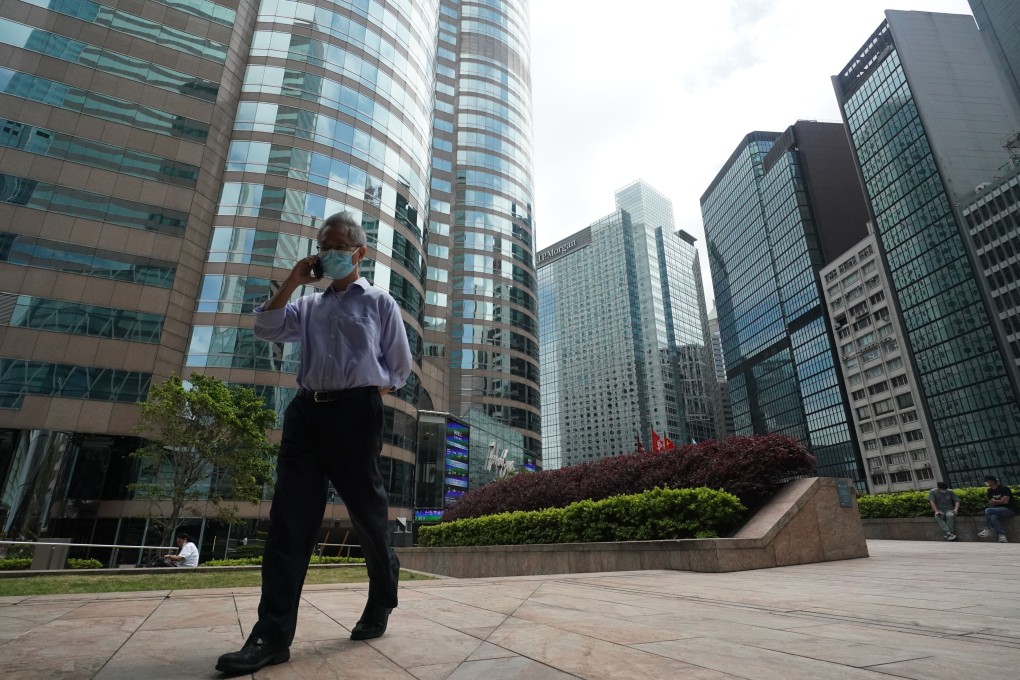Advertisement
Concrete Analysis | How a digital revolution is redefining the way property owners design, operate and manage real estate in Hong Kong
- A growing number of building owners are developing a range of apps aimed at the experiential, placemaking aspects that can be enjoyed by a tenant or customer
- Building owners and developers must deploy the best technology available if they are to stay ahead in a fast-changing industry
Reading Time:3 minutes
Why you can trust SCMP
0

Hong Kong has a reputation as an international centre of finance – a fast-paced metropolis with a globally-renowned, constantly changing skyline of some of the most eye-catching buildings in the world.
Amid the gleaming skyscrapers jostling for space in the parcels of land available, another wave of development is happening – a digital revolution that is changing the way developers and owners operate, leading to a greater focus on people and responsibly-built environments.
For those who are driving it, this digital revolution is transforming customer experiences, and building efficiency, sustainability and value.
The most conspicuous aspect of this revolution is in the delivery of better, more comprehensive experiences for tenants and consumers. Augmenting quality physical assets with digital offerings to create an “ecosystem” within your portfolio means that tenants and retail customers can experience the immediate benefits of digitalisation in the palm of their hand.
While office tenants, for example, see the continuing value of physical spaces in promoting collaboration, digital services have great potential to enhance the in-office experience and well-being of tenants’ employees.
Increasing numbers of building owners are therefore developing a range of exclusive apps aimed at the experiential, placemaking aspects that can be enjoyed by a tenant or customer. These apps, such as the Hongkong Land Centricity app, are not just focused on exclusive offers, but also wellness, safety, services and developing “omnichannels” to create digital communities by joining the physical and virtual world.
Advertisement

